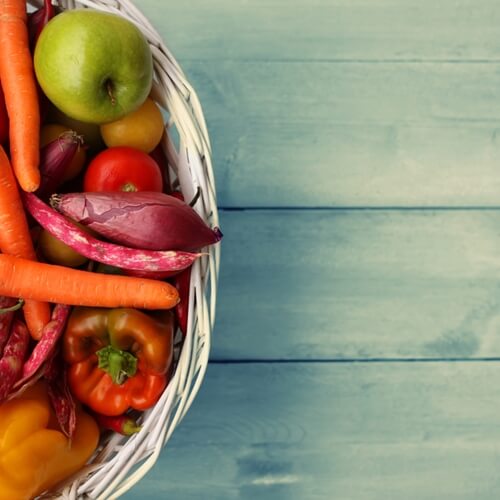New Web Service Could Revolutionize The Way You Grocery Shop
Culinary academy students are always looking for new ways to determine that they’re getting the absolute best ingredients to use in their meals and creations. Well, a new application recently introduced by the Environmental Working Group may have the power to ensure that you’re always fully aware of exactly what’s in your food. The program, known as ‘EWG’s Food Scores, Rate Your Plate,’ was launched on Monday, Oct. 27, 2014, according to Time, and took more than three years to develop. Take a look at some of the more interesting features surrounding the program and its launch:
Functionality
The New York Times has reported that the application contains information for more than 80,000 different popular food products. These items encompass popular products from more than 1,500 brands and producers, making it one of the most comprehensive databases available for food evaluation. Perhaps what’s most impressive about this program is that it looks beyond the actual food product to consider potential ingredients gained throughout the packaging and distribution process. For example, it will alert you if it suspects bisphenol-a being present from canning or any leftover pesticides remaining on produce. In this way, the program delves far beyond what you could garner from a simple nutrition label.
Categorization
The application works on a non-binary review method, meaning that it separates foods into a ranking system based on their overall healthfulness. It assigns each item in its database a score between 1 and 10, in which 10 is the least healthy end of the spectrum. The process of ranking so many food products revealed quite a bit about popular American foods in and of themselves. Apparently, less than 20 percent of all the items ranked fell into the healthy categories of the scale (known as the ‘green’ zone by developers). Inversely, the bottom of the scale contained 25 percent of all food ranked, or roughly 20,000 different popular products.
Reception
While the application certainly has the potential to change the way that we Americans shop for food and prepare our meals, it hasn’t been welcomed with open arms by all. The Grocery Manufacturer’s Association has gone on record as objecting to the tool, claiming that it’s based on speculation instead of hard science. In response to their many critics, the EWG’s director of research, Renee Sharp, reaffirmed the organizations openness with their methodology.
“We laid out all of our assumptions and decisions,” Sharp told the New York Times. “We don’t think anyone is as transparent as we are about what we’re doing.”


